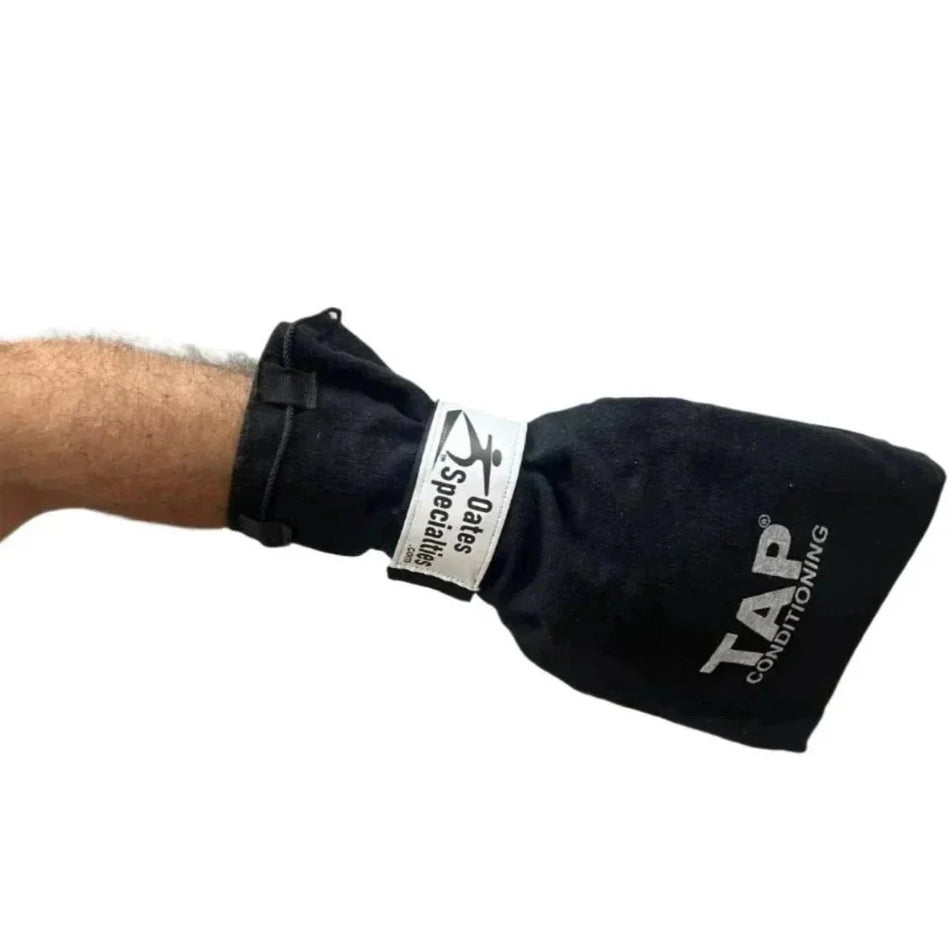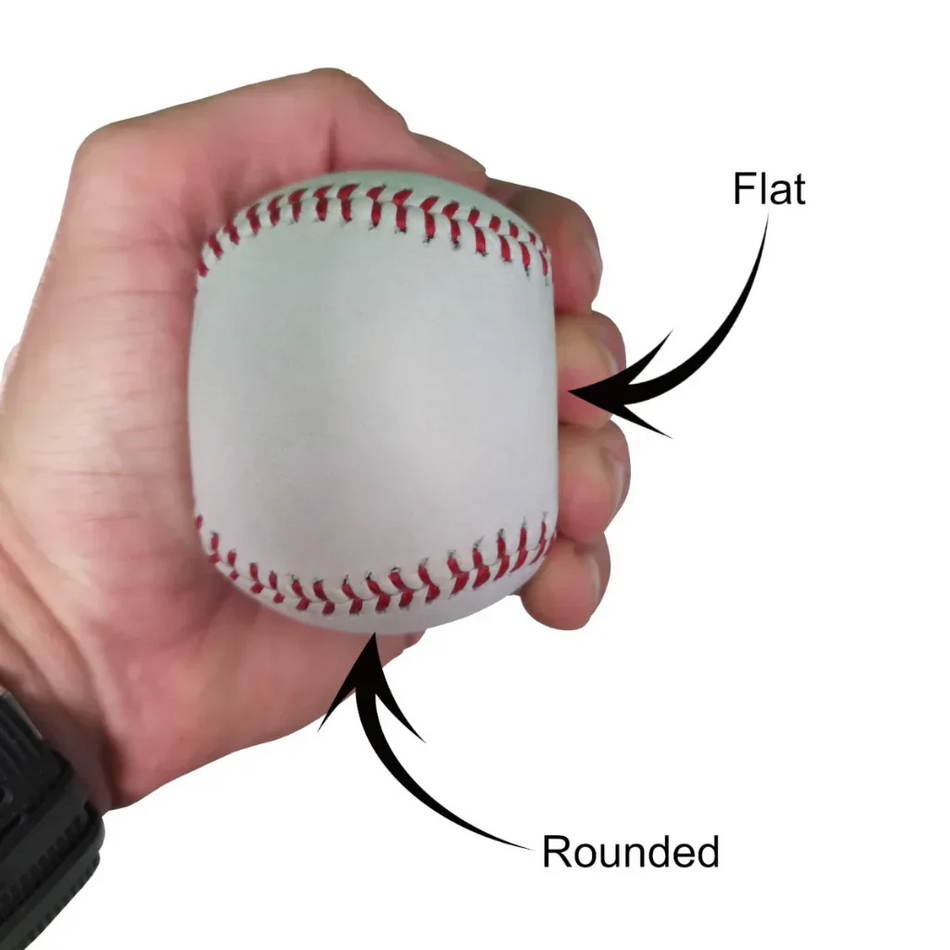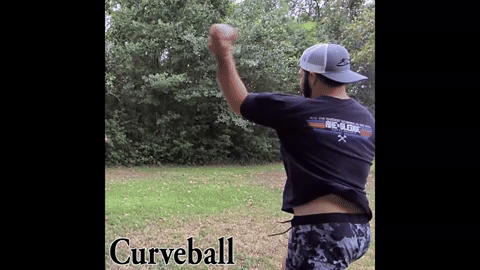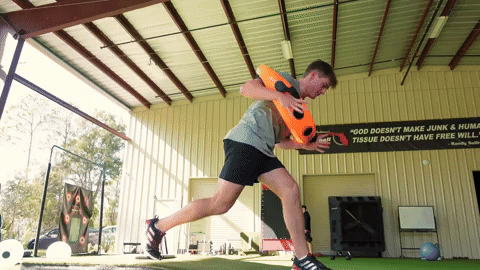Now that many of you have read my article about overload training I want to focus this week on the concept of underload training. While overload training has to do with demand or resistance greater than those levels normally encountered in daily life or in competition, underload training is the opposite. Underload training involves demands or resistance lighter than those levels normally encountered.
Unlike overload training whose focus is on developing strength and durability, underload training is geared toward speed. Because the load on the athlete is less than normal he/she can move faster, quicker, and more explosively than usual. The purpose of underload training is to accelerate muscle firing in order to make fast twitch muscles work at top speed. This method was first implemented in Track and Field by having athletes run down inclines, being pulled by machines, and using bungie cords to pull them forward. Think about when you run down a hill. Most of the time you immediately put on the brakes to slow down because you are moving faster than your body is accustomed to and this makes you feel uncomfortable. But if you harness this extra momentum and energy and try to run at top speed down an incline you will move much faster than on an even surface.
Or have you ever chased after a moving vehicle or golf cart once you’ve griped onto it? Because you are being pulled forward at a faster speed than you would if you were running on your own it forces your legs to move faster which teaches your body/muscles to fire quicker in a more synchronized manner. Over time this will help to improve an athlete’s speed when returned to a normal load or resistance.
We know of all the success underload training has had in Track and Field but this is not the only sport which can benefit from it. Underload training can be adapted to many sport specific movements which require speed and explosiveness. One common example of underload training is with certain weighted ball throwing programs. For example, the program I spoke about a few blogs ago is a five ball set with 4 of the balls being heavier than a baseball. These are obviously part of the overload aspect of weighted ball training.
The 5th ball however, weighs 4 ounces and is commonly called the “underload ball.” Much like when we discuss the benefits of underload training for increasing running speed, the same principles apply to increasing arm speed. Because the underload ball weighs less than a 5 oz baseball, the athlete throwing it is able to realize faster arm speeds due to the lighter instrument being thrown. This teaches the arm and body what it feels like to travel at an increased rate of speed and can help improve the neuromuscular pathways which control bodily movements. If you train your arm to move faster, and the athlete feels his arm moving faster, than the body will be tricked into keeping this same arm speed even when a 5 oz baseball is once again placed back in the hand.
Another type of sport specific underload training can be implemented for hitters as well. The common practice for improving bat speed is to add weights to the bat while practicing or in the on deck circle. While this can be beneficial, underload training has proven to increase bat speed on a much more consistent basis than overload training. Underload training for hitters would mean they are using lighter bats in training than in games. This differential provides the body with a decreased load to swing and bat speed increases. Just like when improving arm speed with underload training, swinging a lighter bat teaches the body to move quicker and more explosively throughout the movements of a swing which will carry over when they are at bat during a game with their normal bat. I’ve also seen underload training in sport specific movements such as stealing a base.
One way this is done is when a coach or trainer attaches a resisted running flat band around the waist of the base runner while the other end is stretched tightly by the trainer in the direction of the bag about to be stolen. The runner assumes the lead off position creating a lot of tension against the band. When the runner makes the movement to steal, the band helps slingshot the athlete down the basepath. This drill is specifically trying to emphasize the explosive first few steps in stealing a bag and because the stretched band is helping the athlete explode right out of the gate, he/she is learning to move quicker than normal.
As you can tell by my examples of underload training if you want to run faster, throw harder, or just be generally more explosive you must train to be faster and more explosive. The lighter instruments (balls/bats) or training aides such as the large resistance running bands help your body feel what it’s like to move at a much faster rate of speed. By continually training faster and teaching your body to move faster than it can presently, you will help teach your muscles how to fire more rapidly and in better coordination with one another because you will be creating more efficient neuromuscular pathways by which nerve impulses travel through. This creates speed, quickness, and explosiveness. Always remember, your performance in competition directly reflects the type of training you do, so if you want to become a better athlete then train to be one.
Until next time,
Brian Oates














































